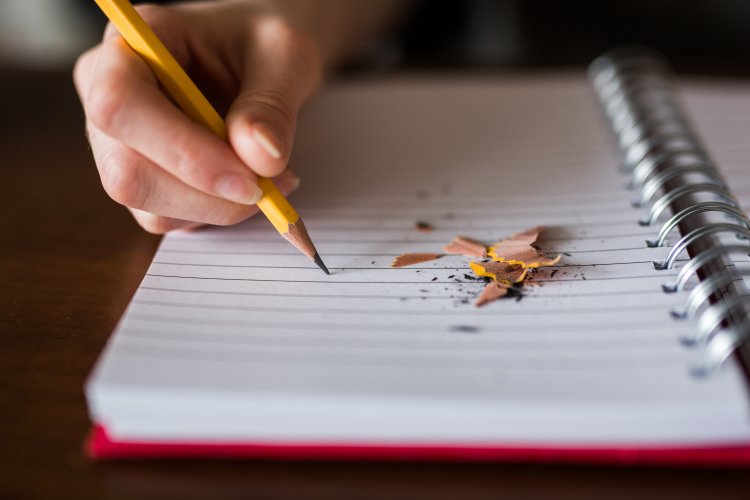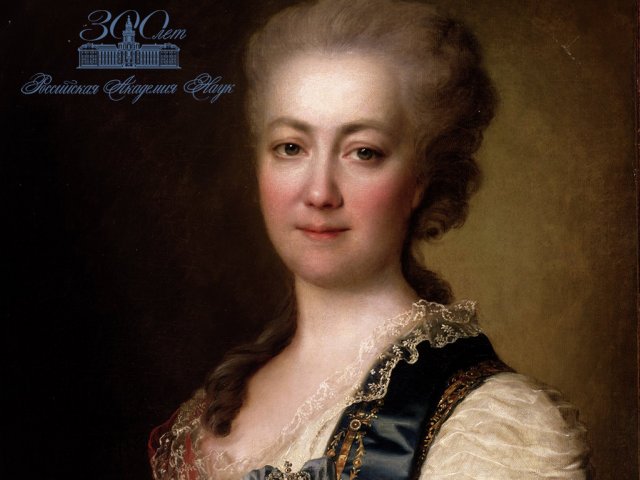Now it is impossible to imagine the process of education or work without habitual pencils, pens, pencil sharpeners, or rulers. However, it took some time for these items to come into use, and some of them were introduced only after the discovery of specific mineral resources. At the beginning of a new academic year, we will tell you about the introduction of the first stationery products.
- Pencil
The first ever pencils are considered to be lead-zinc sticks and silverpoints made of a piece of wire soldered to a pen. It was quite difficult to write using these items: lines were coarse, and it was impossible to alter what was written. The Italian pencil was introduced in the 14th century. It was a clayed black-shale centerpiece wrapped in leather. Subsequently, shale was replaced with a bone black powder mixed with vegetable adhesive. Lines became vivid and rich.
Graphite came into use in the 16th century. Graphite saw heavy use for drawing when a severe storm brought down a lot of old trees exposing their roots in the Cumberland country, and cattlemen discovered a solid coloring substance resembling coal in newly formed holes. Local craftsmen decided that it was one of the tin varieties and called the mineral “drawing tin.” At the same time, the French invented Paris pencil made of black soot and pale-colored clay. Graphite was initially used as drawing sticks, but Conrad Gessner’s Book on Fossil Objects, Chiefly Stones and Gems, their Shapes and Appearances (1565) describes a pencil made of graphite inserted into wood.
The first wooden pencil production facility was opened in Germany. Pencils were made of a mix of graphite, sulphur and glue. Their quality was low, but they were inexpensive. At the end of the 18th century, French inventor Nicolas-Jacques Conté proposed to make pencil centerpieces using the mix of graphite, soot, clay, starch and water followed by baking. Pencil softness could be adjusted as well: adding more graphite made centerpieces softer, while adding more clay made them harder. Now there are 21 methods to produce graphite centerpieces, and the wooden casing is hexagonal, which prevents pencils from rolling down the table.
2. Ballpoint pen
On October 30, 1888, an ordinary U.S. bank employee John Loud patented the first ballpoint pen. Its action principle reminded that of roll-on deodorants: a thick reservoir delivered ink to a rolling ball leaving marks on paper. Following Loud, a lot of patents for ballpoint pens were issued: their number reached three hundred documents, but quality left much to be desired. Even the original pen had certain drawbacks: it used to leak in hot weather, stop writing in cold weather and, overall, it was too coarse to write on paper. A habitual ballpoint pen emerged four decades later. It was invented by Hungarian journalist László Bíró in 1931.
He used to spend a lot of time in the printing office and decided that it would be convenient if inks on paper dried as quickly as inks used in newspaper printing. A solution to this problem appeared to be simple: inks had to be thicker, but fountain pens were unsuitable for this purpose. László turned to his brother-chemist György. They invented a new pen: a sharp tip was replaced with an ink reservoir with a freely rotating ball at the end. The brothers patented a new ballpoint pen in the summer of 1938. They moved to Argentina after the beginning of the WWII, where they met their future investor, Argentinian Juan Meyne. The first pens became available on sale under the Birome brand (from the names Bíró and Meyne) in 1942. Pens from different brands are still called “biros” in Argentina.
3. Eraser
An eraser or rubber is a stationery item used to remove pencil marks. Before the invention of erasers, crustless bread was used for this purpose, but it was not very convenient to carry along. In 1770, English chemist Joseph Priestley found out that rubber could remove pencil marks. There is a scientific explanation for this effect: when rubber is rubbed against paper, electrostatic pressure is generated, and graphite particles are drawn to rubber under its influence. There is the only drawback: natural rubber becomes softer in summer and harder in winter. In 1839, Charles Goodyear discovered the process of vulcanization (industrial rubber hardening process), and rubber erasers became more popular. Scientists learned how to synthesize rubber in the middle of the 20th century. Polyvinyl chloride (PVC) and other polymers were used to produce erasers in the 1990s.
Modern erasers are made of various materials, which can be determined by their color and texture:
- red-and-blue or grey erasers: natural rubber (elastic, can be twisted and stretched but erase poorly);
- white or multicolored erasers: synthetic polymers (erase well, nice to the feel but quite hard to produce);
- kneaded erasers also known as putty rubbers: polyisobutylene, pumice, soot, calcium carbonate and titanium dioxide (very soft, elastic, absorb even finger grease preventing spots on paper, highly appreciated by artists who use charcoal or charcoal pencils).
4. Pencil sharpener
Knives were used to sharpen pencils before the introduction of mechanical pencil sharpeners. Some special pencils are still sharpened manually, e.g., carpenter pencils, as they are rectangular.
In 1828, French mathematician Bernard Lassimonne received the first patent for a pencil sharpener. He invented a safe device for his spouse who was an artist and had to sharpen pencils very often. Pencil sharpener devices using his patent were sold by Binant, a shop for painting accessories in Paris. In 1833, a pencil sharpener was patented in England, and this process was automated in the USA: APSCO became the leading company at the beginning of the 20th century. Large pencil sharpeners for offices were introduced. The first electric pencil sharpeners emerged in 1917.
5. Ruler
It is one of the longest-standing items in a pencil case. The first rulers were discovered even during the excavations of Pompeii. It was a simple long wood board with a scale. An ancient ruler with a more sophisticated graduation scale was found in the Tomb of Aperel in Saqqara. Metal rods were used as rulers in medieval Europe. In Russia, the ruler was called “praviltsa” and looked like the European one. However, the first habitual ruler was introduced in France after the revolution of 1793. New authorities ordered the Academy of Sciences to develop a new measurement system. One centimeter was calibrated to one forty-millionth of Paris meridian. Scientists created two one-meter rulers made of platinum. They were called the Republican Meter and acknowledged as etalons. Common rulers were made of wood, but only scientists used them in the very beginning. At the beginning of the 19th century, rulers became widely available for students. In Russia, millimeter and centimeter rubles emerged as trophies in 1814. Ruler production was established only when our country switched to the metric system.
This is the history of the stationery items that we currently put into our pencil cases without much thought. By the way, the pencil case was patented by Verona Pearl Amoth in the USA in 1946, and the very first handmade pencil cases were introduced at the beginning of the 19th century. They were round or cylindrical in shape, made of silver and had luxury decorations.
The article is based on open sources.
Фото на странице и на главной странице сайта: Thought Catalog / Фотобанк Unsplash






















